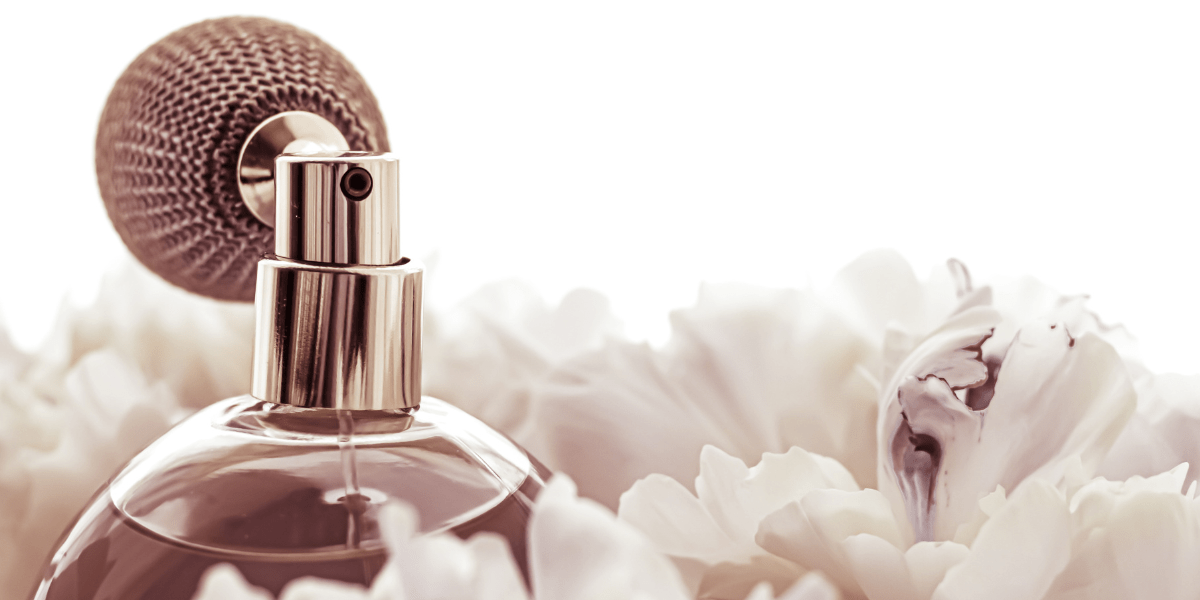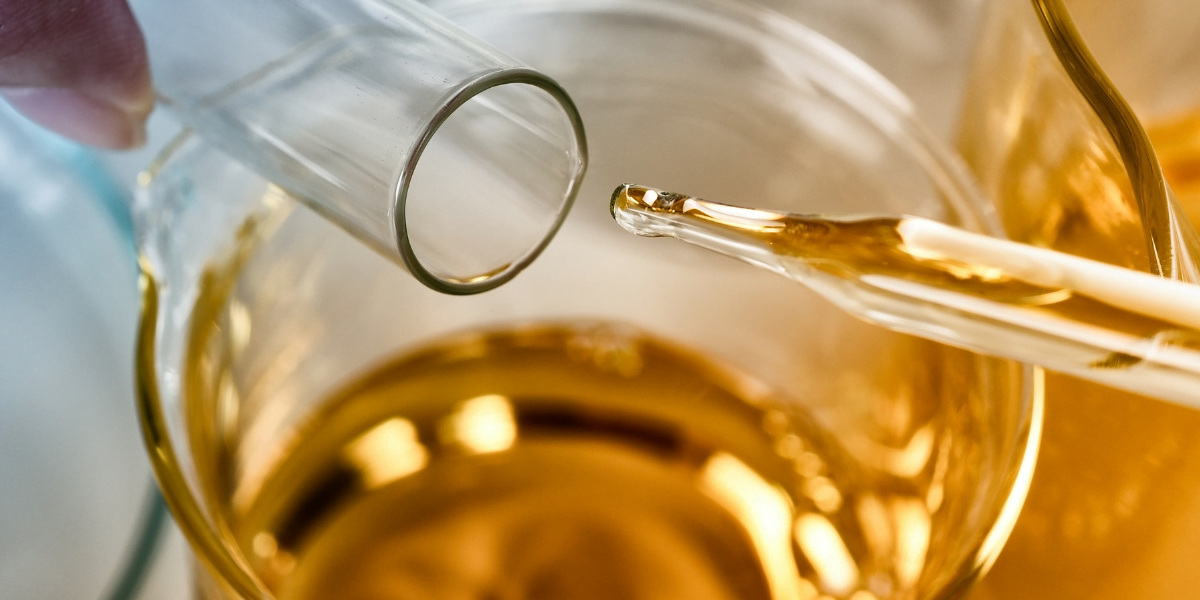Perfume notes are the individual scents that make up a fragrance, and understanding them can help you choose the perfect scent for you. When you are shopping for a new perfume, knowing the most popular perfume notes and how they interact with each other can be crucial in finding a scent that suits your personality and style. The top, middle, and base notes are the key components of any perfume, and each plays a unique role in creating the overall fragrance. This blog post will guide you through the most popular perfume notes and how they contribute to the scent profile of a fragrance, helping you make a well-informed decision when selecting your next signature scent.
Understanding Perfume Notes
Before we delve into the most popular perfume notes and how they affect the fragrance, it’s important to understand the concept of perfume notes. When you smell a fragrance, you are actually experiencing a combination of different scent layers, known as “notes”. These notes unfold over time, creating the overall fragrance experience. Perfume notes are typically categorized into three main layers: top notes, heart notes, and base notes.
Top Notes: The Initial Aroma Encounter
When you first apply a perfume, the initial aroma that hits your nose is made up of the top notes. These are the light, volatile scents that evaporate quickly and provide the first impression of the fragrance. Typically, top notes are fresh and zesty, such as citrus, bergamot, or floral scents. They are important in grabbing your attention and creating the initial olfactory experience. However, be aware that top notes are the most volatile and evaporate quickly, so they don’t last as long as the other notes.
Heart Notes: The Core of Fragrance Identity
After the top notes dissipate, the heart notes emerge. These are the true essence of the fragrance and provide the main character of the scent. Heart notes are often floral, fruity, or spicy, and they give the perfume its unique identity. These scents are more stable than the top notes and linger on your skin for a longer period. When you think of a perfume’s “signature scent,” you are likely visualizing the heart notes. Heart notes contribute to the overall allure and personality of the fragrance, making them crucial in the overall composition.
Base Notes: The Lasting Foundation
The base notes are the final stage of the perfume’s scent journey. These notes are rich, deep, and long-lasting, providing the foundation and support for the top and heart notes. Base notes are often composed of woody, musky, or earthy scents, and they develop over time, becoming more prominent as the top and heart notes fade. Base notes are crucial in determining the longevity of the fragrance on your skin and give the perfume its lasting impression. It’s important to pay attention to these notes, as they ultimately define the overall scent experience.
Most Popular Perfume Notes
Clearly, certain perfume notes have stood the test of time and continue to be the most popular choices in the fragrance world. Understanding these popular notes and how they affect the overall scent of a perfume can help you make informed decisions when choosing a new fragrance.
Floral Notes: Timeless and Romantic
Floral notes are some of the most widely used in perfumery, and for good reason. They exude a timeless and romantic quality that appeals to many people. From the delicate sweetness of rose to the heady aroma of jasmine, floral notes add a feminine touch to any fragrance. When blended with other notes, they can create a complex and multifaceted scent that is both alluring and captivating.
Citrus Notes: Fresh and Energizing
When you think of citrus notes, your mind likely goes to the zesty, invigorating scents of lemon, orange, and grapefruit. These notes are known for their fresh and energizing qualities, making them a popular choice for light and uplifting fragrances. Citrus notes can bring a burst of freshness to a perfume, making it the perfect choice for a pick-me-up during the day.
Woody Notes: Earthy and Robust
Woody notes such as sandalwood, cedar, and vetiver are prized for their earthy and robust qualities. They add depth and complexity to a fragrance, evoking a sense of warmth and strength. These notes are often used in unisex and men’s fragrances, but can also add a grounding element to women’s perfumes.
Oriental Notes: Exotic and Spicy
Oriental notes, such as vanilla, patchouli, and amber, bring an exotic and spicy flair to perfumes. They are often associated with sensuality and mystery, making them a popular choice for evening and special occasion fragrances. Oriental notes add a rich and opulent character to a perfume, leaving a lasting impression.
Gourmand Notes: Edible and Comforting
Gourmand notes are reminiscent of delicious treats and desserts, such as vanilla, caramel, and chocolate. These notes add a touch of sweetness and comfort to a fragrance, evoking feelings of warmth and indulgence. Gourmand fragrances are often described as cozy and inviting, making them a popular choice for fall and winter scents.
Green Notes: Crisp and Natural
Green notes, like freshly-cut grass, mint, and basil, bring a crisp and natural quality to perfumes. They can add a refreshing and invigorating element to a fragrance, evoking the feeling of being outdoors in nature. Green notes are often used in so-called “clean” fragrances, giving them a fresh and airy appeal.
The Art of Blending Perfume Notes
For centuries, perfumers have been mastering the art of blending perfume notes to create captivating fragrances. The process of combining different scents, known as blending, is a delicate and intricate craft that requires expertise and creativity. Understanding the various perfume notes and their interactions is crucial in creating a well-balanced and harmonious fragrance.
The Perfumer’s Palette: Selecting Complementary Notes
When blending perfume notes, it’s essential to consider the individual characteristics of each note and how they will interact with one another. You may select complementary notes that enhance and amplify each other’s strengths, creating a multi-dimensional and captivating scent. For example, pairing floral notes with citrus or fruity notes can create a refreshing and vibrant fragrance, while combining woody notes with spicy or earthy notes can result in a warm and rich aroma. Choosing the right combination of complementary notes is crucial in achieving a balanced and captivating fragrance that resonates with your senses.
Balancing Contrasting Notes for Harmonious Scents
Contrasting notes can also be blended to create unique and harmonious scents. While some perfume notes may seem incompatible, when balanced correctly, they can create an intriguing and complex fragrance. Experimenting with contrasting notes such as combining sweet and floral with smoky or musky notes can result in a distinctive and alluring scent with depth and character. The key is to carefully balance the intensity of each note to create a harmonious and well-rounded fragrance that will captivate and intrigue the senses.
The Influence of Perfume Notes on Emotions and Memories
Keep in mind that the scents you encounter every day can play a significant role in shaping your emotions and triggering powerful memories. The perfume notes present in a fragrance can evoke a range of emotions, from a sense of calm and relaxation to feelings of excitement and energy. Additionally, certain scents may bring back memories of specific experiences, people, or places, creating a strong emotional connection to the fragrance.
Aromatic Triggers of Affect and Memory
The aromatic compounds in perfume notes have the power to trigger deep-seated emotions and memories. For example, the floral notes of jasmine and rose are often associated with feelings of romance and nostalgia, evoking memories of a special occasion or a loved one. On the other hand, woody and earthy notes like sandalwood and patchouli can create a sense of grounding and stability, reminding you of peaceful moments in nature or a cozy evening by the fireplace. These aromatic triggers can have a profound impact on your mood and overall well-being, influencing your emotional state in subtle yet profound ways.
Personal and Cultural Influences on Scent Preferences
Your personal scent preferences are influenced by a combination of factors, including your upbringing, cultural background, and individual experiences. The scents that you find appealing may be linked to positive memories from your past, such as the fragrance your mother wore or the scent of a favorite childhood vacation spot. Cultural influences also play a role in shaping your scent preferences, as certain notes and fragrances may hold specific symbolic meanings in different cultures. For example, the scent of incense may evoke spiritual or religious associations in some cultures, while it may carry a completely different connotation in others. Understanding the personal and cultural influences on scent preferences can help you appreciate the complexity of fragrance and the ways in which it intersects with your emotional and cultural identity.
Conclusion
Hence, understanding the most popular perfume notes and how they affect the fragrance can help you make informed decisions when choosing a new perfume. Whether you prefer floral, fruity, woody, or spicy scents, knowing the prominent notes in a fragrance can give you insight into how it will smell on your skin and how it may evolve throughout the day. By familiarizing yourself with the most popular perfume notes, you can better identify the type of fragrance that suits your preferences and personality, ultimately leading to a more satisfying and enjoyable olfactory experience.
FAQ
Q: What are perfume notes?
A: Perfume notes are the individual scents that make up a fragrance. These notes are typically categorized into three different categories—top notes, middle notes, and base notes. Top notes are the first scents you smell when you apply a fragrance, middle notes make up the body of the fragrance, and base notes are the long-lasting scents that emerge once the top notes have faded.
Q: What are the most popular perfume notes?
A: Some of the most popular perfume notes include floral scents such as rose, jasmine, and lily of the valley, as well as fruity notes like citrus, apple, and berries. Additionally, woody notes such as sandalwood and cedar, as well as spicy notes like cinnamon and vanilla, are also commonly used in perfumes.
Q: How do perfume notes affect the fragrance?
A: The combination of different perfume notes creates the overall fragrance of a perfume. The top notes provide the initial impression of the scent, the middle notes contribute to the body and fullness of the fragrance, and the base notes determine the lasting impression of the perfume. The proportions and combinations of these notes can create a wide variety of scents, ranging from light and fresh to deep and intoxicating.




















